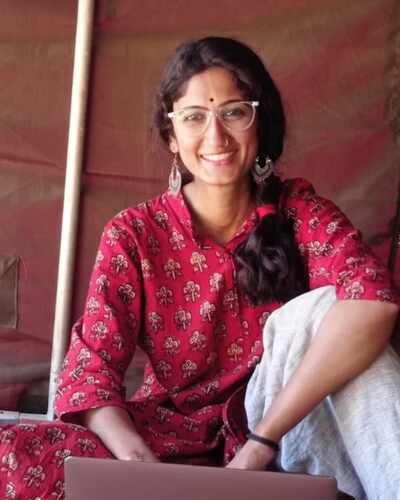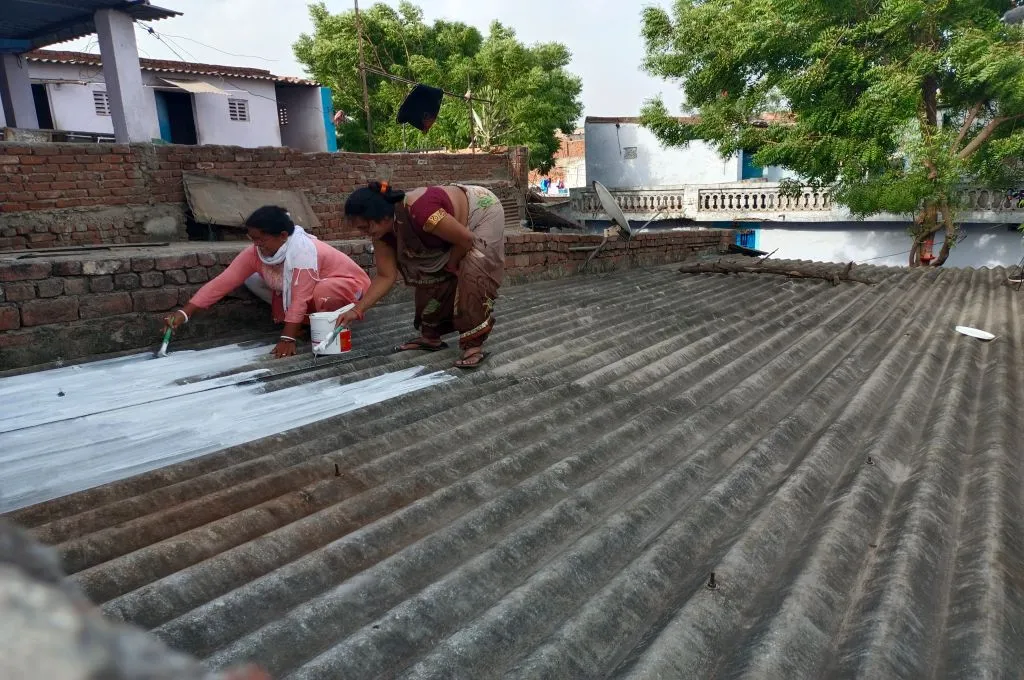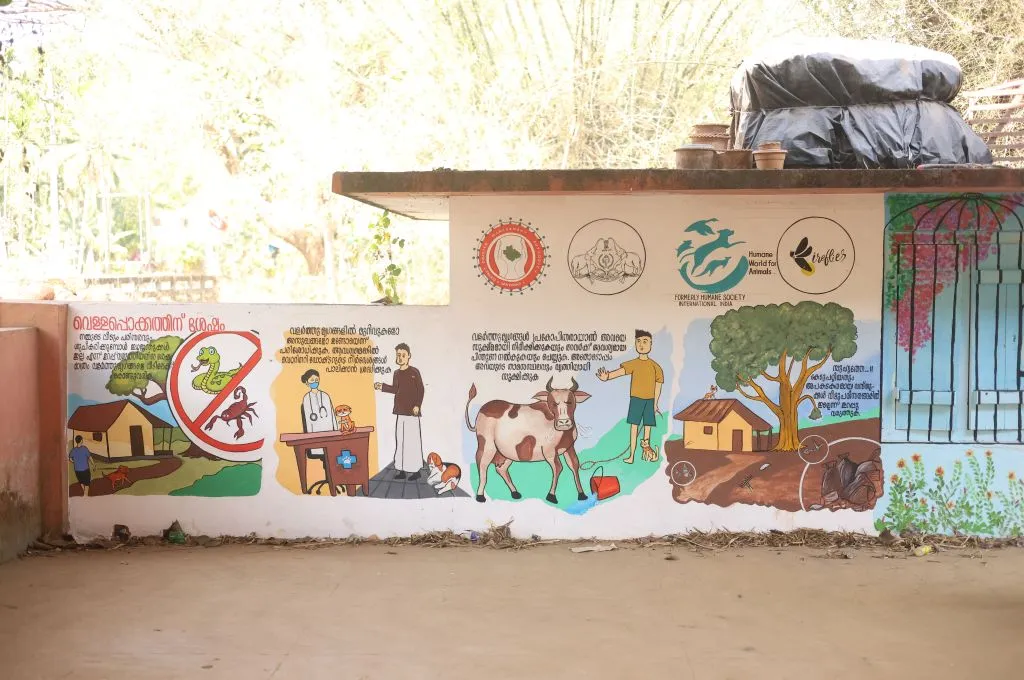“We plan our travel in such a way that the rains have fed the common water bodies already, and there is plenty of water for us and the livestock. But due to increased dry spells caused by extreme heat and unseasonal rains, our people aren’t able to live off the commons without challenges.”
This reflection from Mahendra Rayka,* a leader of the nomadic Rayka and Rembari pastoralist communities in Rajasthan, speaks to a shift that many nomadic, pastoralist, Adivasi, and forest-dwelling groups across India are grappling with. The climate crisis is changing how they access and interact with commons and is impacting these shared resources in more ways than one.
In 2024, the country recorded its hottest year yet. The year 2025 brought early and erratic rainfall, with intense downpours even before the official onset of monsoon. The shift in climate patterns has resulted in prolonged dry spells, unpredictable rain, and extreme weather events. Communities that have long understood, nurtured, and sustained forests, wetlands, pasturelands, and other commons are now finding these ecosystems increasingly strained.
This creates multiple obstacles. Commons are not just lifelines for local communities, but also critical buffers against climate change. They regulate local climates, support biodiversity, recharge groundwater, and sequester carbon. And in times of economic, political, or environmental disruptions, they provide food, water, fodder, and livelihoods that help communities cope and recover from climate shocks.
Yet in climate policy and planning, the role of these commons, and the communities that sustain them, often goes unrecognised. This invisibility doesn’t just sideline traditional knowledge—it also overlooks ecosystems that already support resilience.
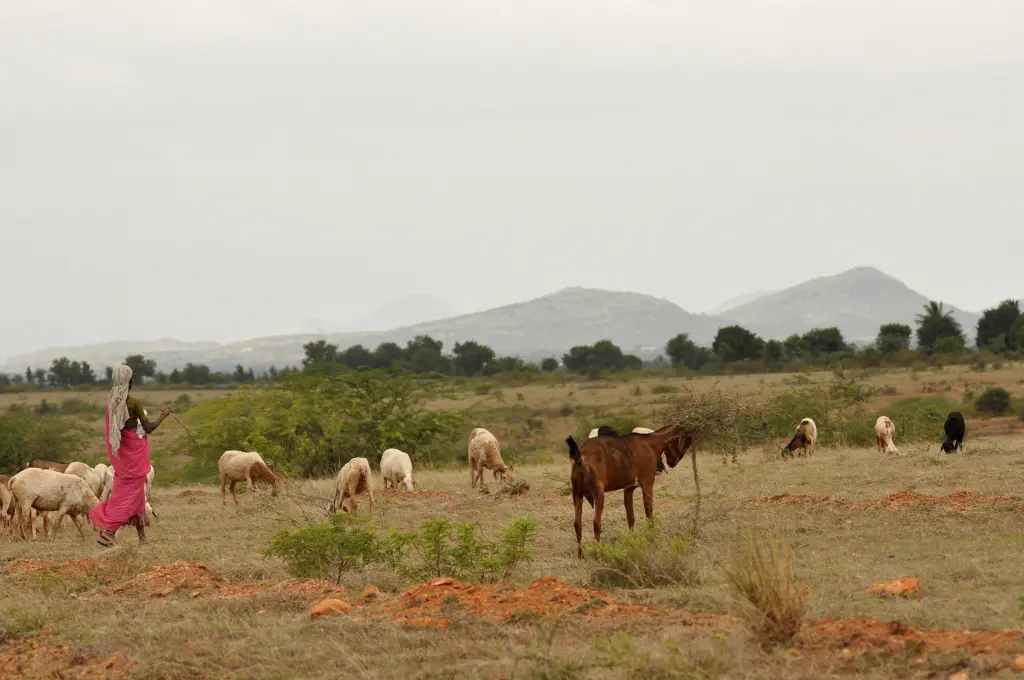
Climate solutions can be commons-unfriendly
This lack of recognition extends into climate planning. From national policies to global financing frameworks, commons are often only viewed as resources for carbon storage or emission reduction. This narrow framing reflects the disproportionate focus of climate action on mitigation, which reduces commons to measurable ecological resources.
Here’s how this harms the commons, and the communities that protect them.
1. Diversion of commons for ‘climate’ projects
From 2014 to 2024, more than 1.73 lakh hectares of forest land were approved for diversion to non-forest uses including infrastructure, industrial projects, and increasingly, climate mitigation and adaptation efforts. A recent Land Conflict Watch study of 31 cases across 10 states found that nearly half (48 percent) of land conflicts linked to large-scale renewable energy projects occurred on common land, while 32 percent involved both common and private land.
Many of these projects target so-called ‘degraded’ or ‘wastelands’ lands, which are often community-managed grazing lands or forest commons. Legal ambiguity only compounds the issue. Without legal clarity or formal recognition, these lands are treated as vacant, open for use, rather than protected for their ecological and social value. Across India, for example, large-scale solar energy parks have been set up on grazing lands that pastoral communities have depended on for centuries. In Kutch, Gujarat, pastoralist Maldhari communities have lost access to grazing commons, because of solar parks, and wind farms.
These transitions may support India’s clean energy goals, but they often come at the cost of local livelihoods and traditional land-use practices.
2. Carbon-first approaches harm biodiversity
India’s push to achieve its net-zero targets heavily promotes monoculture in the name of forest cover. However, afforestation of non-native species and artificial plantations disrupts the ecological balance and may even be harmful to the existing biodiversity. Therefore, certain afforestation policies can actually have negative effects on commons, climate, and communities, rather than being carbon sinks.
The Carbon Credit Trading Scheme heavily promotes commercial plantations that offer no livelihood benefit to forest-dependent people.
For example, the Green India Mission (GIM) promotes afforestation on the aforementioned ‘degraded’ lands, many of which are again, community-managed grazing or forest commons. Another example is the Compensatory Afforestation Fund Act (CAMPA) 2016, which allows the union government to provide funds to the state governments so that they can carry out afforestation activities. Though not a climate-specific law, CAMPA is frequently justified through climate narratives of carbon sequestration. It enables large-scale afforestation projects on what are often commons, especially forest commons, without the consent of gram sabhas.
The Carbon Credit Trading Scheme (CCTS) too aims to reduce atmospheric carbon by improving the country’s forest cover from 21 percent to 33 percent. However, Ramesh Sharma from Ekta Parishad shares that the implementation of CCTS heavily promotes commercial plantations such as teak, semolina, and bamboo on large tracts of land that offer no livelihood benefit to forest-dependent people. These lands are often sourced from the government’s ‘land banks‘, many of which include village commons and forest areas historically managed and used by Adivasi and rural communities.
3. Communities get sidelined
Underlying all this is the marginalisation of communities as decision-makers. Policy frameworks may call for participation, but usually only in implementing projects, not in shaping the rules that determine access and rights.
“Because of the stake that Adivasi and rural communities have in protecting forest cover and their understanding of local species, one would think that the nodal ministry for CCTS would be the Ministry of Environment or Rural Development or Tribal Affairs. Instead, it is implemented by the Ministry of Energy, with operational control under the Bureau of Energy Efficiency, which requires little to no consultation with communities,” Ramesh points out. “This signals a shift away from a community-inclusive approach to climate governance towards a more technocratic, market-led approach, with not enough inclusion of ecological or social considerations.”
At the state level, State Action Plans on Climate Change (SAPCC) in states such as Rajasthan, Odisha, and Madhya Pradesh have mentioned issues such as the degradation of pasturelands and forests, and the need for community participation. However, this inclusion is usually limited to awareness building or involving communities in executing projects. It doesn’t translate to including them in decision-making or governance.
Environmentalist and researcher Kanchi Kohli points out that these types of omissions in climate or environment policies are usually strategic. The moment a piece of land is acknowledged as a common property resource, it directs action to acknowledge collective use and rights, as well as shared governance which if affected will need to be compensated. For policymakers and developers who are used to dealing with individual ownership, this becomes administratively complex. Whom do you consult? How do you value a shared resource and what do you compensate for?
As a result, policy is often commons-blind—not because commons don’t exist, but because recognising them would require a radical reimagining of how governance, development, and environmental protection are practised.
Communities already know how to adapt
For Adivasi, pastoralist, forest-dwelling, and rural communities commons are not abstract policy challenges or merely carbon sinks; they are living systems that sustain everyday resilience. And what this mitigation and carbon focused climate approach fails to often acknowledge is that these communities have been adapting everyday to the crises at hand through a collectively governed system of shared rights, rules, norms, and responsibilities, understood as part of the common property regime.
Scholar Arun Agrawal, in his multi-country research on climate adaptation, identifies five broad strategies that communities use to collectively manage resources.
- Diversification, where households combine farming, livestock rearing, wage labour, forest produce, and more to reduce dependence on a single livelihood source.
- Pooling, which involves sharing resources through systems such as grazing commons, water storage, or grain banks.
- Storage, or the preservation of surplus food, fodder, and water for periods of scarcity.
- Mobility, where pastoralists and others move livestock or even entire households seasonally in response to climatic shifts.
- Information exchange, through which communities rely on weather patterns, local signals, or shared calendars to make decisions about planting, harvesting, or migration.
All of this is evident in several parts of India, where communities continue to draw on these strategies to adapt to changing climates. In Koraput, Odisha, for instance, Adivasi women from the Gadaba community have been at the forefront of efforts to restore ecological balance by reviving traditional knowledge and commons-based governance. Over the past 10–15 years, forest degradation has disrupted their access to fruits, medicinal plants, water, and wildlife. In response, the women, supported by SPREAD, are integrating forest and water conservation into village planning.
What’s needed is an approach that recognises the role of communities not just as stakeholders, but also as stewards of climate resilience.
They’ve created village resource maps to track how commons such as forests and pastures have shrunk or changed over time. Additionally, they have developed community forest rules, such as using only dead or dry wood, rotating grazing and harvesting areas, and leaving seeds for natural regeneration. They have also conducted a 50-year forest assessment, identified 22 rare species, and launched a community-led regeneration plan.
However, as Kanchi notes, “Policy rarely frames these as ‘climate strategies.’ They are not easily measurable, don’t attract large capital, and don’t fit within top-down project models. Most importantly, local community methods challenge the idea that the state or market must be the primary actors in climate response.”
What’s needed is an approach that recognises the role of communities not just as stakeholders, but also as stewards of climate resilience. This means treating their knowledge, governance systems, and solutions as central to adaptation and mitigation rather than peripheral to it.
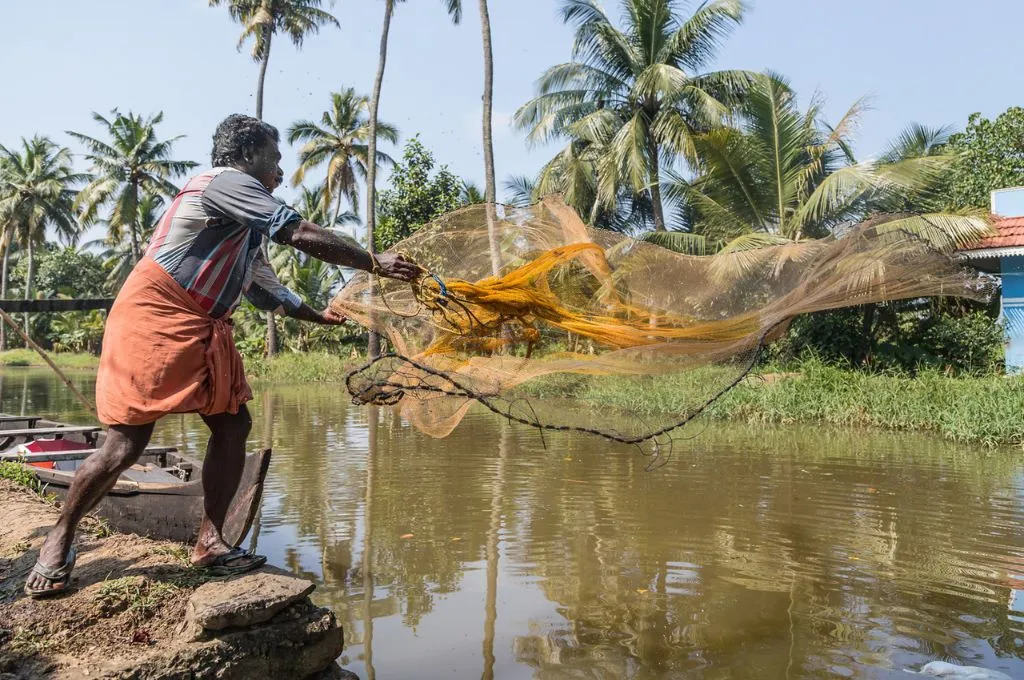
So, what needs to change?
Supporting and strengthening such community-led systems—instead of replacing them with one-size-fits-all, top-down models—must be central to how we think about climate solutions. Three shifts are especially critical.
1. Climate solutions can’t be developed in silos
Communities have long recognised that adaptation and mitigation are two sides of the same coin. Protecting forests, regenerating pastures, conserving water, and everyday acts of stewardship have helped them endure climate shocks, control emissions, recharge aquifers, and cool microclimates.
Take the example of Punasia village in Odisha. In the 1980s, as the forest cover here declined due to deforestation, many were forced to migrate for work. But over the past two decades, women in the village have revived 50 acres of barren land by restoring native trees such as sal, mahua, and bamboo. This has helped in improving livelihood opportunities in the region and helped regulating local climate conditions. The regenerated forest cover acts as a carbon sink, cooling the area, bringing rain, recharging groundwater, and safeguarding biodiversity and natural habitats.
Yet, current carbon trading frameworks—such as India’s Green Credit Programme and CCTS, are designed through a narrow, buyer-centric lens. They treat forests, wetlands, and commons primarily as carbon vaults, ignoring their role in food security, water management, biodiversity, and cultural life. Pricing, verification, and credit flows are controlled by corporates and market intermediaries, while communities remain sidelined.
As of June 2024, India’s CCTS lacks formal mechanisms to involve communities in decision-making or oversight, leaving a critical gap in how carbon offsets are governed. Climate policies therefore must move from rhetoric to concrete mechanisms that ensure power-sharing, transparent monitoring, and safeguards to protect communities’ rights and livelihoods. Without these, adaptation and mitigation risk working at cross-purposes displacing livelihoods in the name of emissions reduction while undermining the resilience that communities have long nurtured. By contrast, more mature markets, such as those in the European Union, have implemented safeguards to ensure that companies do not shift emissions-intensive activities to countries with laxer regulations. Civil society groups have also played a key role in scrutinising and shaping these systems.
2. Pathways for community stewardship must be strengthened
India already has strong constitutional and legal frameworks that recognise and strengthen community stewardship. Schedule V, PESA (1996), and the Forest Rights Act (2006) uphold the principle of free, prior, and informed consent (FPIC) and empower gram sabhas to protect Adivasi land and self-govern resources. Proper implementation of these laws provides the foundation for community-led governance.
Examples across India illustrate the value of community stewardship. In Rajasthan’s Kalyanpura watershed, communities, gram panchayats, and nonprofits collaborated to rejuvenate degraded lands, restoring agriculture and pastures. In Kerala and Tamil Nadu, fisher communities use customary systems such as padu to share fishing grounds equitably, while socio-religious institutions such as ooru panchayats, karayogams, and parish committees regulate coastal commons sustainably.
A recent UNDP report titled, ‘Enabling Rights, Securing Futures’ provides important recommendations on how government schemes applicable in matters related to commons such as SCA to TSP, ITDPs, MGNREGA, and NRLM—can coordinate on land development and afforestation to strengthen the rights of communities. Additionally, state agencies can support FRA implementation by funding processes like mapping and land verification, while aligning welfare and employment schemes to uphold community governance of commons.
3. Social justice must be central to climate and energy solutions
Reversing land and common resource loss cannot stop at compensation alone. Commons are not just economic assets; they are also sources of food, water, culture, and resilience. Social justice, therefore, must be at the core of climate and energy planning, ensuring that the very communities whose resources make these projects possible are not left behind.
This requires frameworks that:
- Map community livelihoods before projects are approved to identify all those who depend on local commons, so protections cab be built in from the start.
- Ensure compensatory restoration of commons and natural resources to maintain ecological and economic resilience.
- Invest in local skill development, enabling communities, particularly youth, to participate meaningfully in renewable energy value chains.
- Create benefit-sharing or co-ownership models, so communities receive a fair share of revenues from energy projects and have ongoing stakes in their outcomes.
For instance, innovative land-use designs can further enhance equity. They allow crops, livestock, or fish to be produced beneath raised solar panels, enabling communities to maintain food production while generating energy. In Tamil Nadu, leasing land under wind turbines has allowed farmers to receive a share of electricity revenues, demonstrating how equitable design can link climate solutions with local livelihoods.
As India navigates escalating climate shocks, the path forward must centre communities and their stewardship in climate action, not sideline them.
*Name changed to maintain confidentiality.
Rakesh Swami and Pooja Rathi have also contributed to this article.
—





